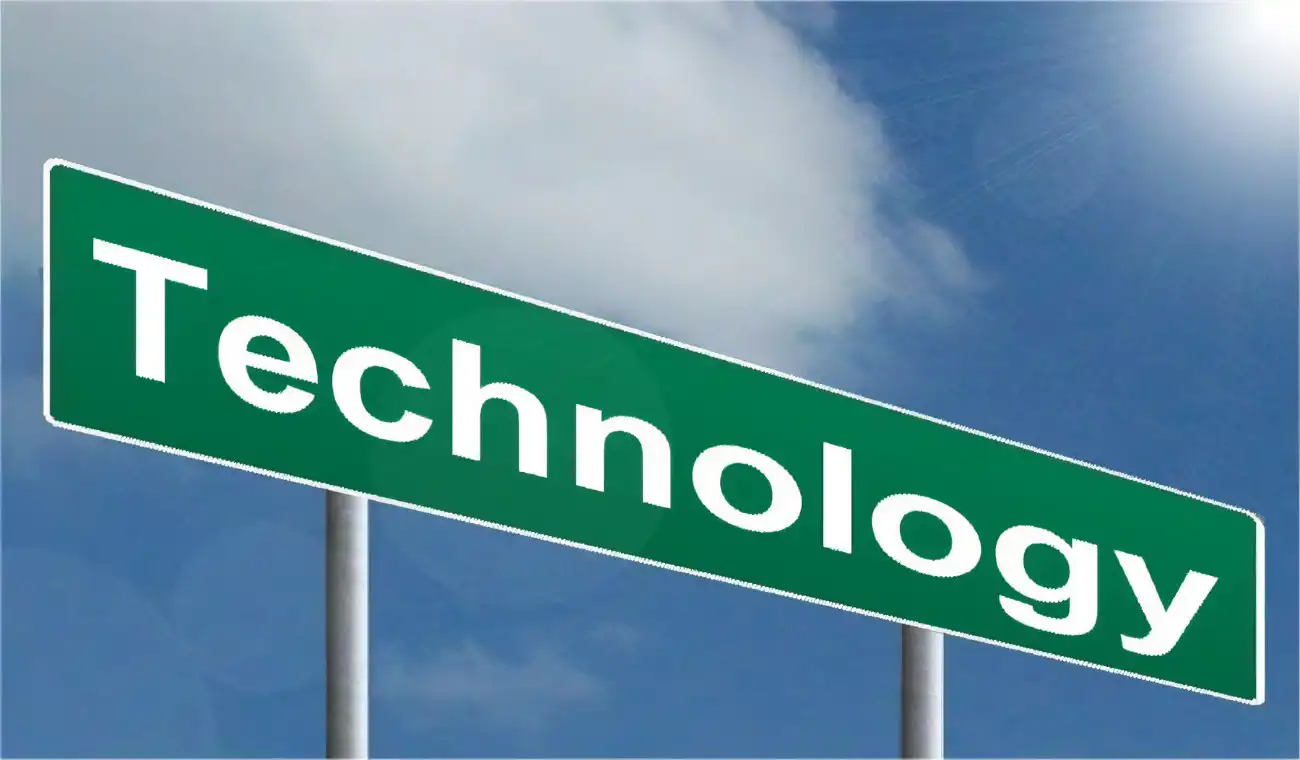General Motors subsidiary, Cruise LLC, had a predicament when California's Department of Motor Vehicles (DMV) cancelled the company's permit to test autonomous vehicles.
Following a series of events, the DMV temporarily suspended Cruise’s permit due to an ‘insurance issue’. The action brought Cruise's worker-led efforts to test its autonomous vehicles to a temporary standstill. Among tech giants like Google and Apple, who are rooted in Silicon Valley traditions, Cruise is known to cultivate a different culture.
Combining Detroit's car-manufacturing ethos with San Francisco's passion for tying technology with real-world solutions, Cruise's business model heavily leans on the work of its test drivers. The permit setback, therefore, was a blow to its operations. The company is recognised for its focus on integrating innovations with existing economically feasible solutions, aiming to bring self-driving cars to the mass market.

Cruise, like other contemporaries, depends on a fleet of trained test drivers to model vehicles in real scenarios. In the event of unforeseen circumstances, these drivers are trained to take control. In this backdrop, the permit suspension only widened the industry's underlying anxiety around the safety of self-driving cars.
State authorities, led by the California DMV, have stringent criteria for self-driving car tests. Their strict parameters ensure the protection of citizens while promoting a controlled environment for autonomous vehicle testing.
The DMV requires companies like Cruise to provide a $5 million insurance coverage to vet its self-driving operations. The coverage vouches for the safety of the passengers, drivers, and pedestrians alike. The vehicle testing permit was revoked when an insurance issue was noticed.
Upon getting a hint of the issue, the DMV took swift action. The agency’s proactive step is an example of its responsiveness towards ensuring public safety. It also underlines the intensity of scrutiny on autonomous vehicle makers and the criticism they attract around public safety.
Recognising the gravity of the situation, Cruise worked actively to resolve the insurance situation. The efforts paid off, and its self-driving test permit was reinstated three days after the suspension.
A closer look at Cruise's operations reveals how committed the company is towards its self-driving project.
Chevrolet’s electric Bolt is the backbone of Cruise's self-driving tests. The vehicle is equipped with cutting-edge sensors and computers, transforming it into an experiment platform for the autonomous vehicle project. Hundreds of such modified vehicles are periodically tested for autonomous driving capabilities.
As per California law, every company involved in testing autonomous vehicles must log miles and report any accident. In the past, Cruise logged almost 850,000 miles for test rides within San Francisco city limits.
These rigorous tests aim to train the car's AI system, which feeds on miles of real-world data. The aim is to create vehicles with sophisticated autonomous driving abilities that can handle complex real-world scenarios.
To ensure this, Cruise has a dedicated team of test vehicle operators working meticulously to ensure that the vehicle’s performance is optimal under different conditions.
In conclusion, the temporary suspension of Cruise's permit should be seen less as a setback and more as a testament to the stringent rules that uphold public safety.
While the suspension faced by Cruise was certainly a setback, it tells a more significant tale. The DMV’s prompt action illustrates that the stringent permitting process aims to maintain an environment in which the cutting-edge tech of driverless cars marries with public safety.
The snafu has been a wake-up call for Cruise to rigorously choke-check its operations. The situation also underpinned the importance of complete transparency when it comes to safety measures for the public and other stakeholders involved in the autonomous vehicle industry.
In the following days, Cruise swiftly rectified its “lapse in insurance coverage” The company's quick action demonstrates its commitment to resolving issues at light speed and its ability to get back on the road, test-driving its state-of-the-art autonomous vehicles.
As pioneers in this space, Cruise, like its contemporaries, inspires to tread mindfully. Balancing high-stakes innovation and public safety will be pivotal as the industry moves towards the future.